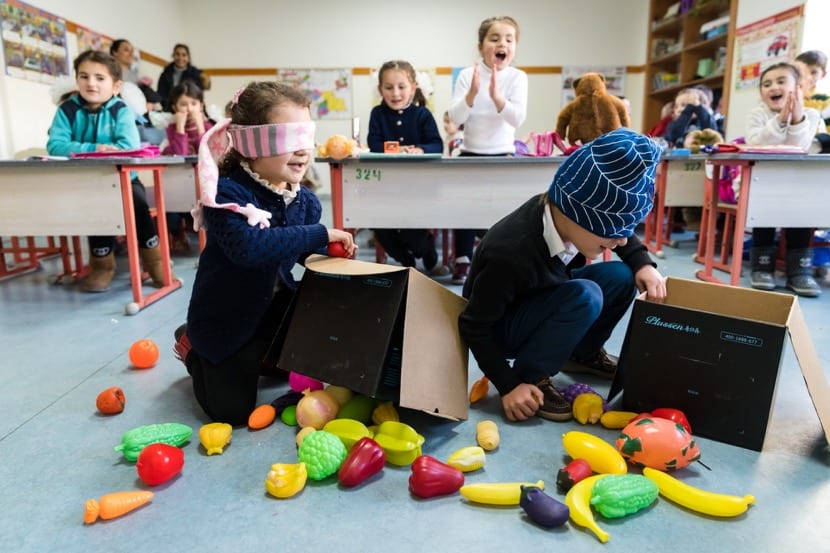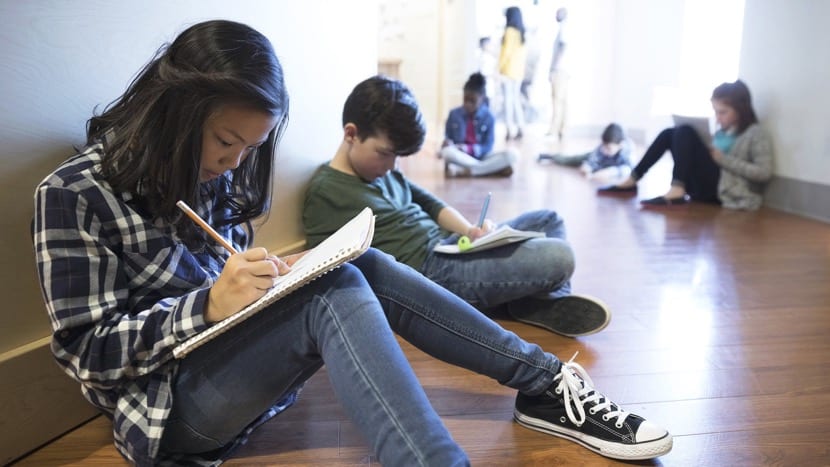
We live in a highly innovative society. Technology plays a huge role in this innovative spirit of change and discovery. Probably one of the most talked about technologies in the world today is the driverless car… As in autonomous learning.
Think about the possibilities that a car without a driver presents: reading the newspaper on the way to work, installing your workout on the exercise machine installed in the car, watching the news on television, sleeping and resting behind the wheel, trusting that the machines do not they will put people in danger ... and the list goes on and on. Could this be our future? Some say, “Why do we need a driverless car? My car takes me where I want to go… Future-ready thinkers say, "Why not?"
Autonomous learning
We are presented with the same kind of thinking when it comes to education. Consider the autonomous learner, also known as the self-directed learner or autonomous learning. ¿What do we understand by autonomous learning?
This is defined as someone who solves problems or develops new ideas through a combination of divergent and convergent thinking and functions with minimal external guidance in selected areas of endeavor. Therefore, it refers to autonomous learning as a student-centered learning, shifting the focus of education from teaching to learning.

It is the ability of the student to work independently and have the freedom to do so. Autonomous learning would allow the student to personalize their learning schedule based on their academic strengths and personal interests, and to monitor their own achievements.
The teacher is still important
Educators have been talking about independent learning, personalized learning, and student-centered learning for a long time. The difference today is that new technologies have given us the unique skills to accomplish this task more successfully. There are some skeptical thoughts: "What about the teacher?" "Are we eliminating the teachers?" Regardless of the teaching / learning philosophy, the teacher remains an integral part of the learning process.
Like an autonomous car, there must be some guidance and direction for that vehicle, or in this case, that student, to reach their destination. Consider the teacher the GPS of the autonomous student. The teacher will offer a variety of paths to the students' destinations and will also suggest the best routes. The teacher will be the director of the system, helping students decide on their destinations and helping them get there by going through various necessary skills and standards that students will need once they get to that point.

The teaching curriculum might look a little different in the self-contained classroom. The teacher will be responsible for sharing self-control strategies. Students can use learning logs or charts and tables to track their progress. Teachers will teach error analysis and help students use their errors as learning opportunities to accommodate their learning goals.
Teachers must provide the necessary guidance to help students choose their personal learning goals. Teachers should provide feedback as students pursue their own questions and solve their own problems. Teachers remain the most important part of the self-contained classroom.
The student works for his own goals
Let's take a look at autonomous learning: the student is working on his science goal in the field of chemistry. The student enters his virtual science laboratory. Here he experiments with chemicals that could be considered dangerous in the traditional classroom. In his virtual laboratory, the student witnesses chemical reactions and must determine why the chemical reacted in this way. While in this virtual world, the student encounters a artificially intelligent computer that moves him through a lesson on chemical reactions. The student then records their work and determines their ability to meet their objective / s.
That same student meets in a small group discussion with his teacher and others to solve real-world problems using the necessary math skills. After making a determination and deriving a solution, teachers use augmented reality to determine if their solution actually solved the problem. The student will continue to learn at home while using their foreign language app to practice their chosen foreign language while preparing to meet their 'family abroad'.
What is commented in the previous paragraph is only an example so that you understand what autonomous learning is and how it can change people's lives. In fact, today autonomous learning occurs in the lives of many adults, and little by little it is also being implemented in the lives of the youngest, because autonomous learning is the future of education. Now we must think that instead of having a classroom of twenty students, we now have "twenty classrooms" of one student, each with their own agenda.

Autonomous learning: the autonomy of the student
Student autonomy refers to the principle that students must take increasing responsibility for what they learn and how they learn it. Autonomous learning is said to make learning more personal and focused and consequently it is said to achieve better learning outcomes as learning is based on the needs and preferences of the learners.
It contrasts with the traditional teacher-led approach in which the teacher makes most of the decisions. There are five principles for achieving autonomous learning:
- Active participation in student learning.
- Providing options and resources.
- Offering options and opportunities for decision making.
- Supporting students.
- Encouraging reflection.
In classes that promote autonomous learning, the following points are taken into account:
- The teacher becomes less of an instructor and more of a facilitator
- Students are discouraged from relying on the teacher as the main source of knowledge.
- Students' ability to learn on their own is encouraged.
- Students' awareness of their own learning styles is encouraged.
- Students are encouraged to develop their own learning strategies.
For many teachers, student autonomy is an important facet of their teaching, which they seek to achieve in different ways, for example, through careful analysis of their students' needs, through the introduction and modeling of strategies for learning. independently, through giving students techniques they can use to monitor their own learning, through regular consultation with students to help them plan their own learning, and by using your own access center where a variety of self-directed learning resources are available.